The changing face of car cabins
 Car cabins have always been at the forefront of innovation, technology and design.
From air con and power windows to audio-visual advancements, we celebrate some of the most important advancements in car cabins over the last century.
Car cabins have always been at the forefront of innovation, technology and design.
From air con and power windows to audio-visual advancements, we celebrate some of the most important advancements in car cabins over the last century.
The basics
Back in the automotive dawn age, evolution was rapid. Believe it or not, there was once a time when cars didn’t have steering wheels. Instead, they were controlled by a tiller or lever, similar to those used in watercraft. The first steering wheel was fitted to an 1894 Panhard et Levassor by professional driver – Alfred Vacheron as he prepared to take part in the Paris–Rouen race.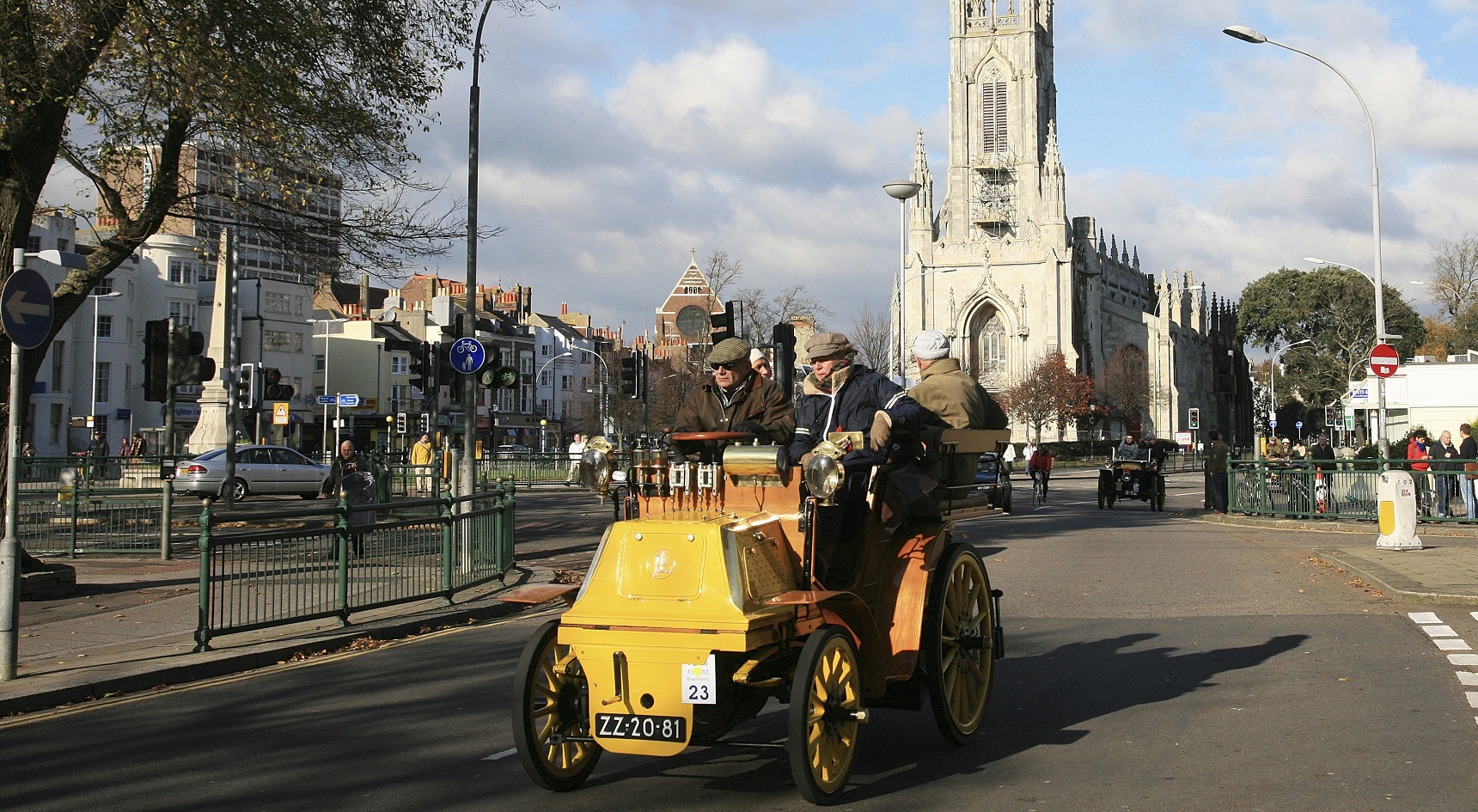
The Panhard et Levassor Wagonette.
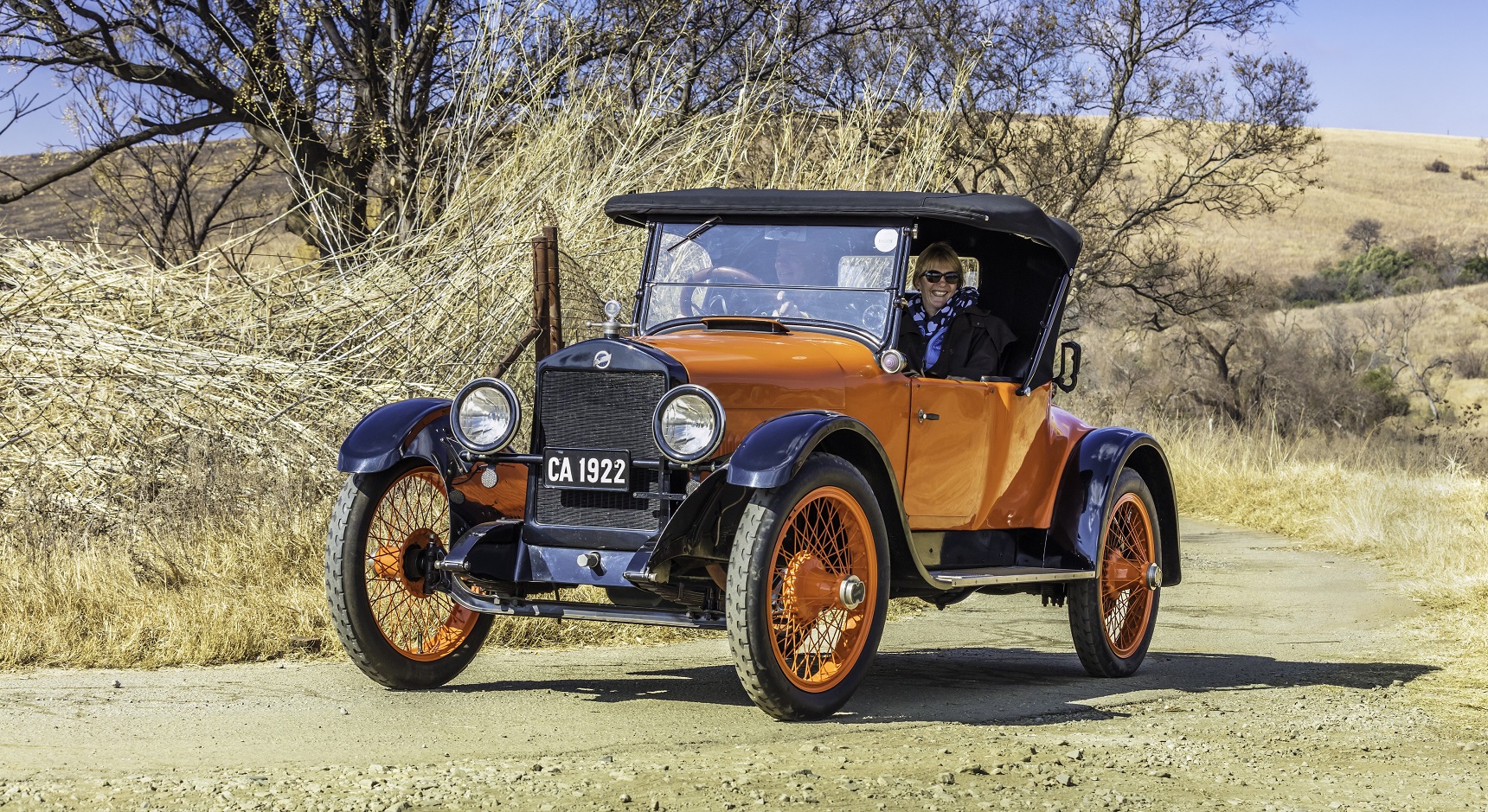
An impressive-looking 1914 Studebaker.
Power windows
Remember when power windows were still something to brag about? Now imagine the smug satisfaction you’d get from hitting that switch in 1940. The first power windows were introduced in the 1940 Packard 180 and were driven by a hydro-electric lift system.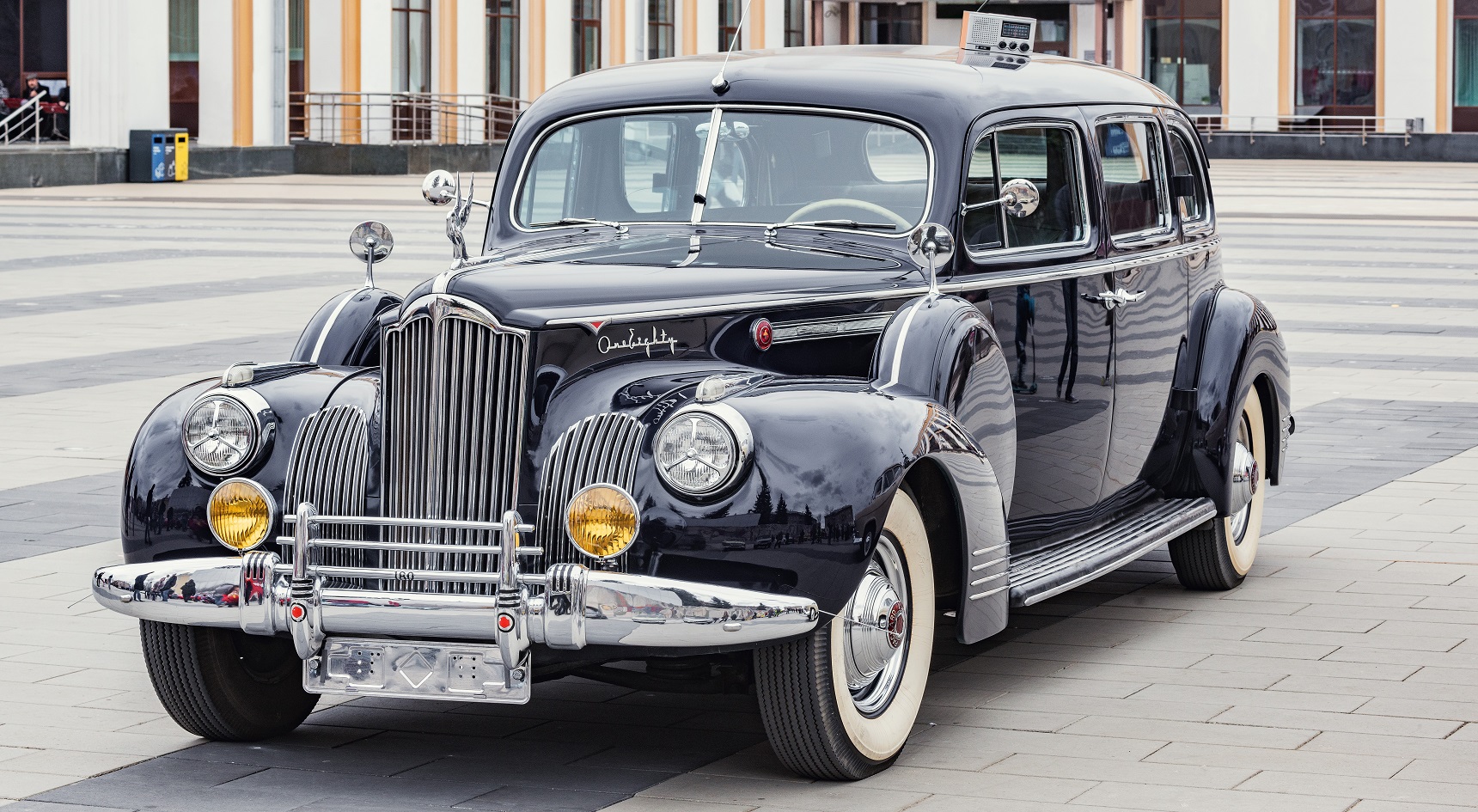
The Packard 180.
Air conditioning
Packard were also the first manufacturer to offer air conditioning in their cars. Introduced in 1940, the units were manufactured externally and called the Bishop and Babcock Weather Conditioner. The price – $274 USD (almost $5000 USD in 2019) – was abysmally expensive for most depression/pre-war Americans.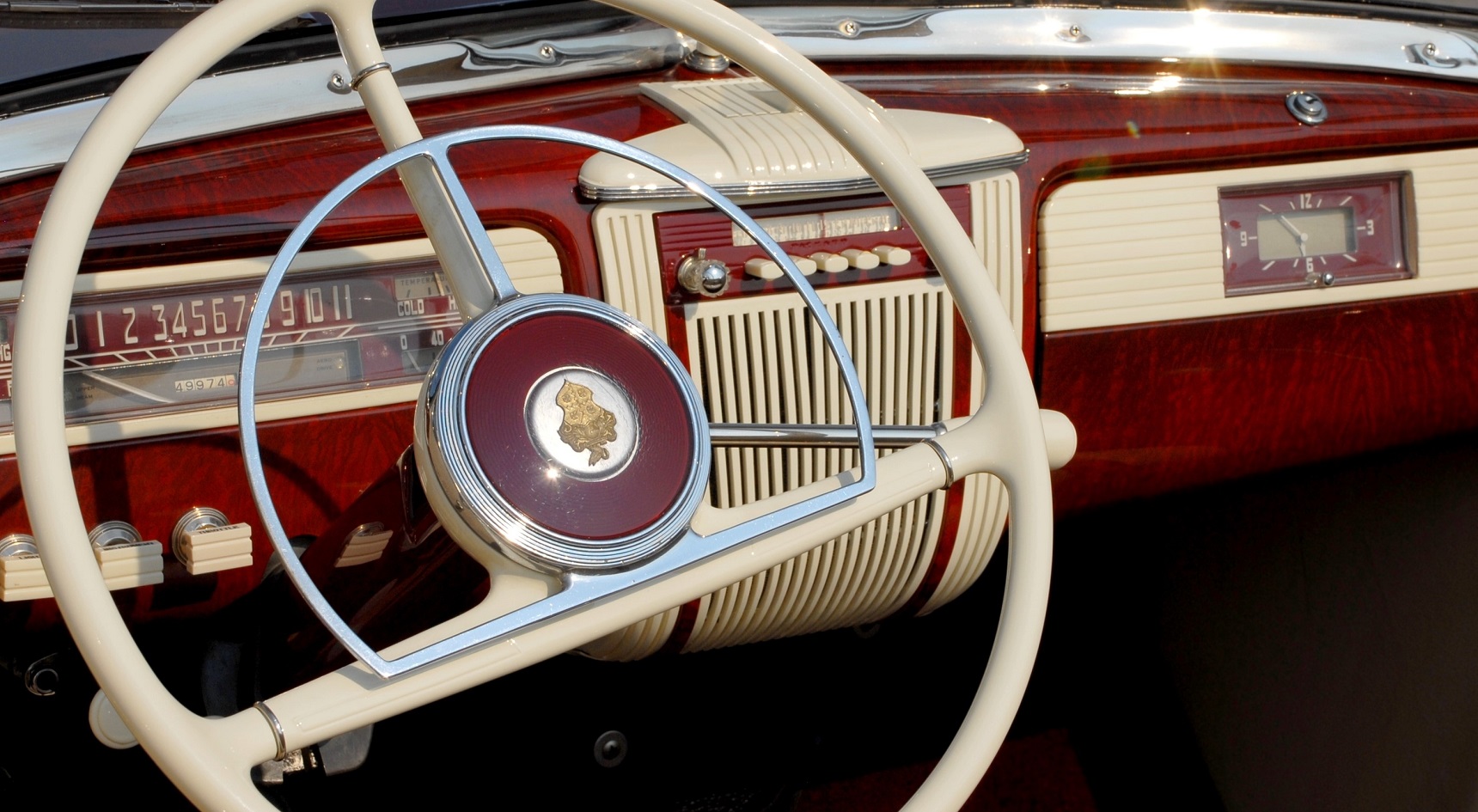
The interior of a 1940s Packard.
Seating
Power seats (which many cars manufactured in 2019 still don’t have) first slid into production in a range of 1948 Cadillacs, Buicks and Oldsmobiles. Power steering debuted in the 1950 Chrysler Imperial, as did cruise control, in the 1956 model.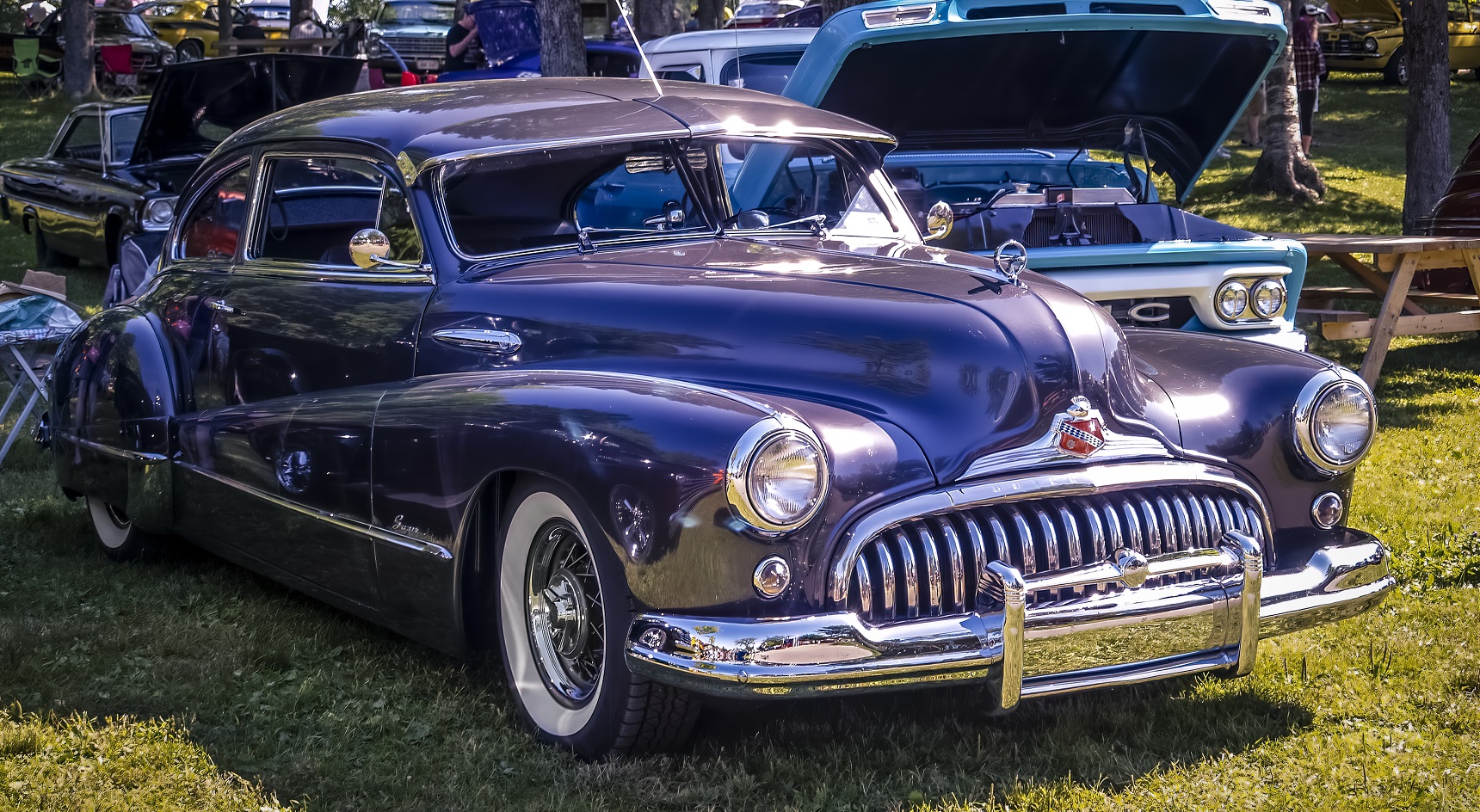
The 1948 Buick Super: One of the first cars to have power seats.
Airbags
The first commercially available car with passenger airbags was the 1973 Oldsmobile Tornado. The idea, however, had already been around for decades. In 1964, a Japanese auto engineer named Yasuzaburou Kobori invented an airbag system very similar to what’s used in modern cars today. It was awarded patents in 14 countries, but tragically Kobori passed away before it was put into widespread production.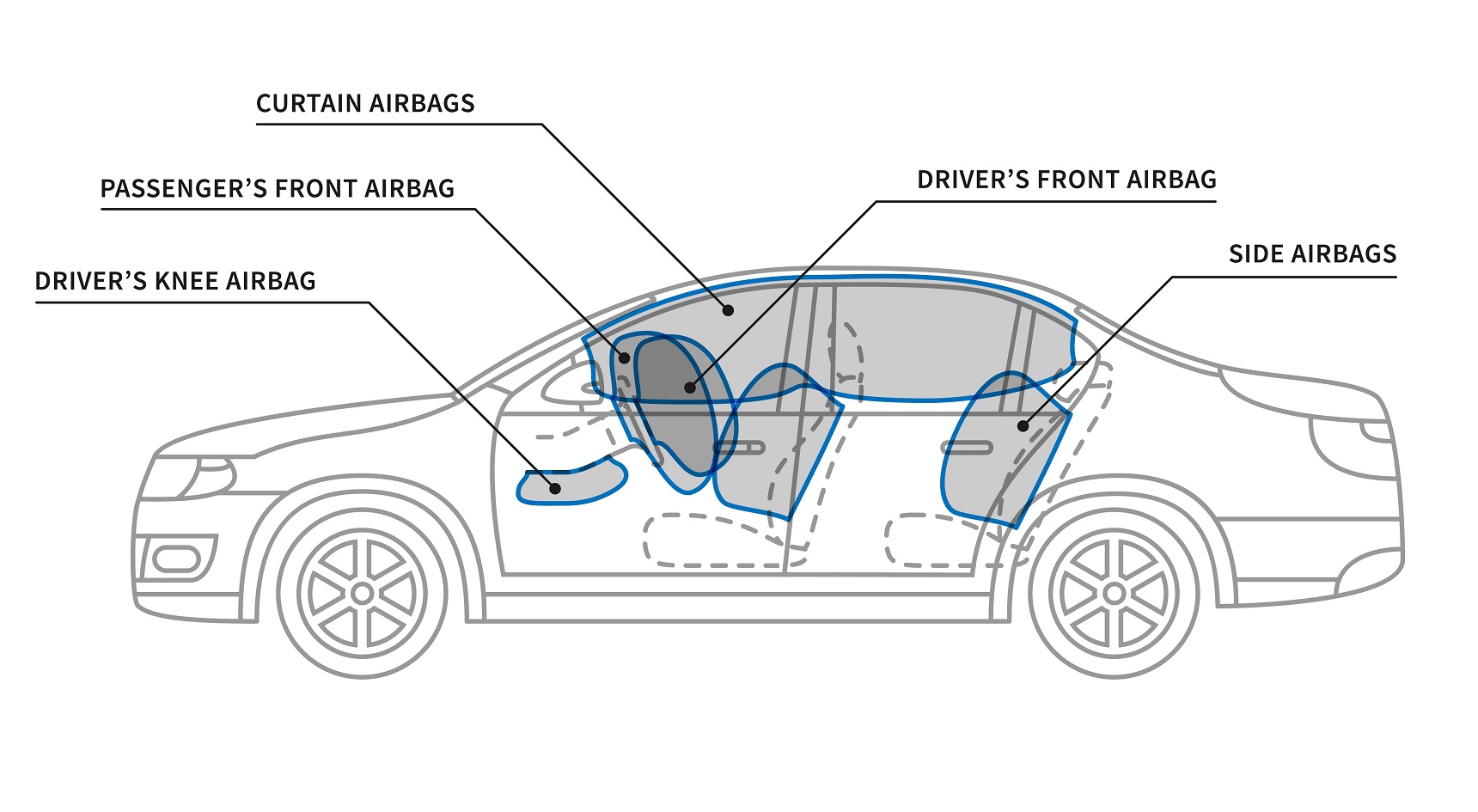
An example of a modern-day airbag system.

